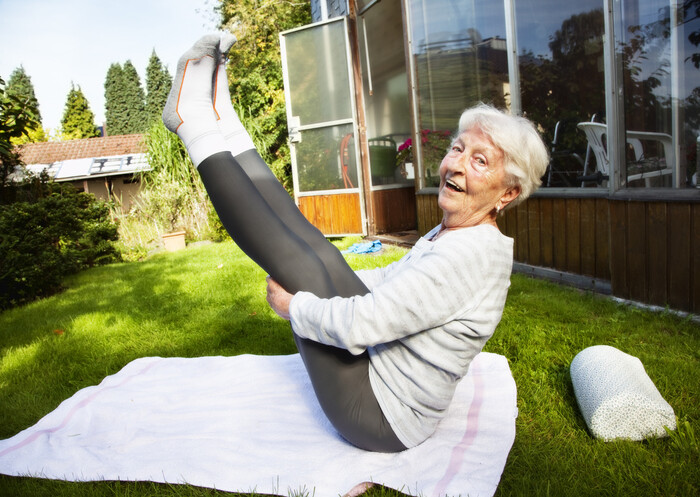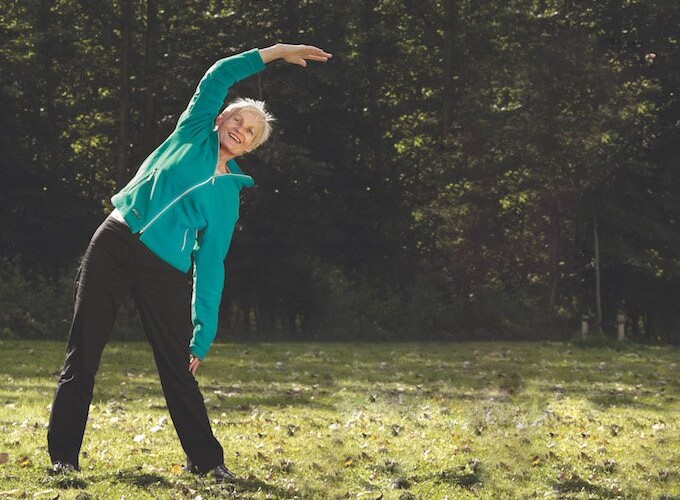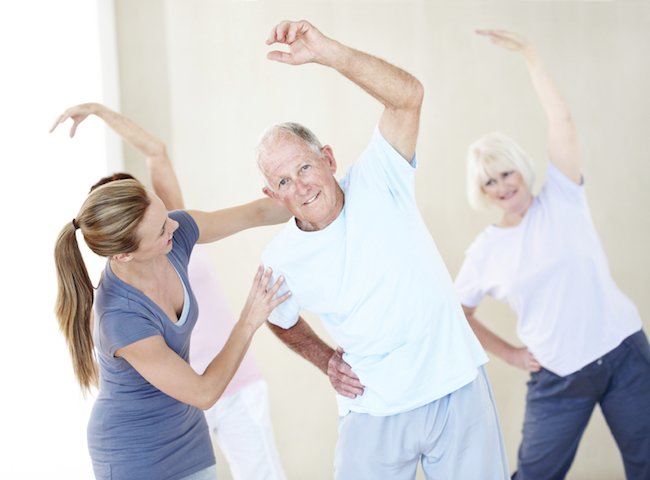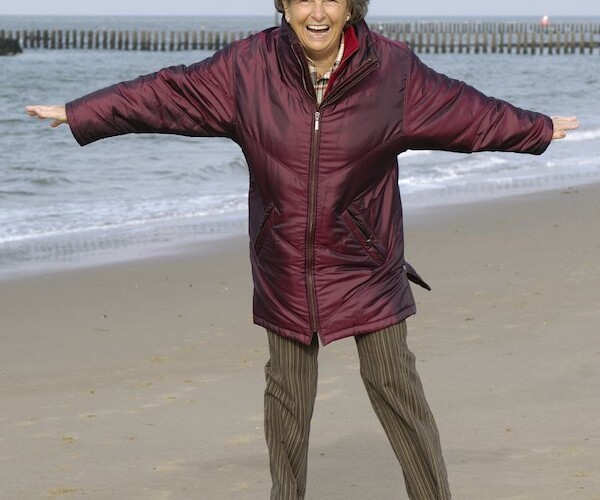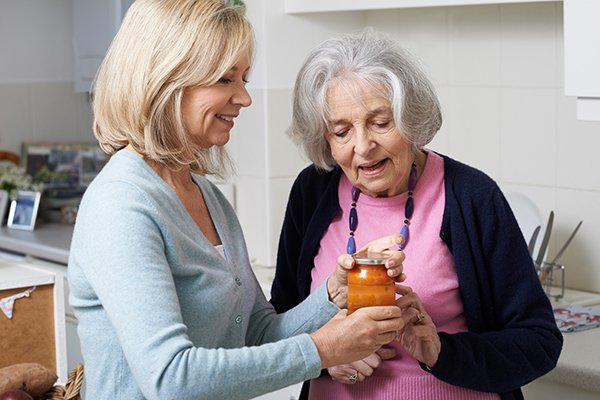Osteoarthritis
Dementia Exercise Suggestions for Each Stage of the Disease
Try these dementia exercise recommendations for each stage of the disease.
The many advantages of staying physically active are clear, but what is not as well known is that exercise can be extremely beneficial for those with Alzheimer’s disease, for a number of reasons: reducing the risk for muscle weakness and other issues that stem from inactivity, easing the effects of psychological and behavioral challenges, and much more.
As with anyone considering starting a new exercise routine, the doctor should first be consulted. Then, try these dementia exercise suggestions, utilizing the following strategies per each person’s individual abilities and the appropriate stage of the disease:
Early Stages
Older adults in the initial stages of Alzheimer’s disease can often still fully enjoy active and social exercises like walking, dancing, bowling, golf, and swimming, even though some degree of … Read More »
The Latest Guidelines on Exercise for Arthritis Management
The latest recommendations make it even easier to exercise for arthritis management.
We all need to exercise and stay as physically active as possible, and older adults are no exception. But those who are challenged by the pain and stiffness of arthritis have an additional hurdle to overcome to maintain a healthy level of physical activity.
The good news: the most recent recommendations reduce the level of intensity of activity for older adults diagnosed with arthritis, suggesting as little as just 45 minutes of exercise per week to achieve and maintain a higher degree of functionality – much less intimidating for those who may typically shy away from exercise.
Per Northwestern University professor Dorothy Dunlop, “Even a little activity is better than none. For those older people suffering from arthritis who are minimally active, a 45-minute minimum … Read More »
Join Us Today – Novato Health & Wellness Expo!
Thursday, January 31, 2019
4:00 – 7:00 pm
Valley Memorial Park – Novato
650 Bugeia Lane (off Atherton Ave.)
FREE EVENT!
Napa Senior Living: Senior Safety Gets a Boost with These Simple Exercises
The home care experts at Hired Hands outline simple exercises to improve senior safety.
The CDC reports that as many as one-third of all seniors fall each year, and surprisingly, less than half of those seniors talk to their doctors about it. When a senior experiences a fall, even if it does not cause serious injury, she can develop a heightened fear of falling, which may result in limited activities, reduced mobility, loss of physical fitness, and in turn, an increased risk of falling again.
In our last blog post, we discussed some home modifications you can make to improve senior safety and reduce the risk of falls. In addition, there are a number of exercises that seniors can do on a regular basis to increase muscle strength and improve balance, which will not only help reduce … Read More »
Petaluma Home Care Tips: Better Balance = Better Senior Health
I
Learn tips to improve balance for seniors
mproving balance is one of the best ways to improve senior health, particularly when it comes to preventing falls. Once an older adult has experienced a fall, the initial impulse may be to decrease physical activity to lower the possibility of falling again, but it’s essential for older adults to optimize their overall muscle strength and balance and stay as active as possible.
These balance exercises, recommended by the National Institute on Aging, are a great place to start (after first receiving approval from the senior’s primary care physician):
One Foot Stand: Grasping a sturdy chair for balance, lift one leg just a bit and hold the position for 10 seconds. Repeat the exercise 10-15 times and then switch legs.
Heel to Toe Walk: Position the … Read More »
Fall Prevention: Keep Seniors Safe with Help from Our Tri Valley Home Care Experts
Hired Hands Homecare shares details on how to keep seniors safe from falls.
You may have at one time been by a senior loved one’s side at the hospital or doctor’s office and noticed the medical worker attaching a colorful “FALL RISK” band to his or her wrist. Notifying those providing care to this possibility allows additional measures to keep seniors safe during medical treatments. However, did you realize that ongoing, everyday life can pose a fall risk danger to those diagnosed with the following conditions?
Arthritis
Osteoporosis, a bone density disorder that can also increase a person’s chances of fracturing a hip
Vertigo
Cerebrovascular insufficiency
Neurologic disability (stroke)
Postural hypotension (sudden decrease in blood pressure)
Diabetes
Read More »
Top 5 Osteoarthritis Management Strategies
Osteoarthritis impacts as many as 27 million Americans, making it the most widespread kind of arthritis. It is a main reason behind work disability and reduced quality of life. Nonetheless, managing osteoarthritis doesn’t mean simply popping pills to numb the pain. There are numerous other methods to deal with osteoarthritis pain.
Once correctly diagnosed, there are multiple tactics to manage the pain of osteoarthritis. Some ways are more common than others, but considering not every person reacts to various treatments in the same manner, it is a good idea for each person to try a few strategies (under the supervision of a health care provider) to discover what works best. The Petaluma home care experts at Hired Hands Homecare recommend the following:
Weight Control
One of the most significant ways to handle the discomfort of arthritis is maintaining a healthy weight. For each … Read More »


